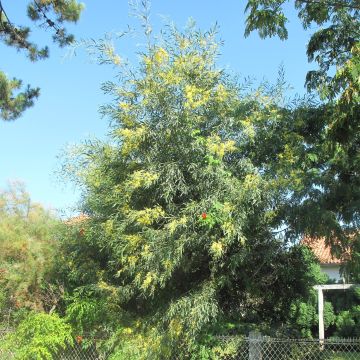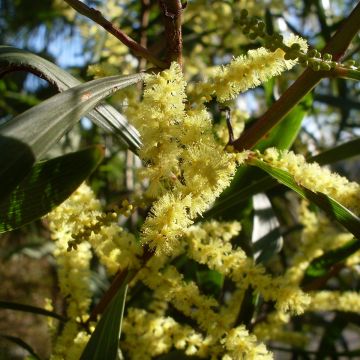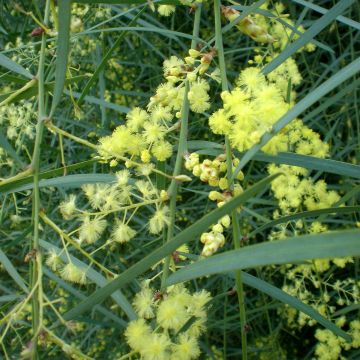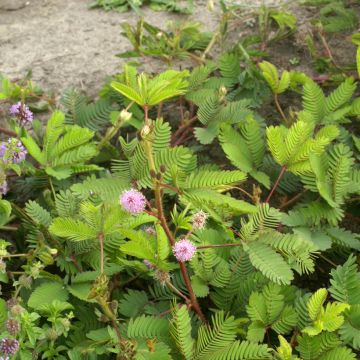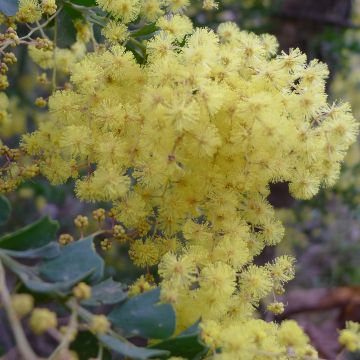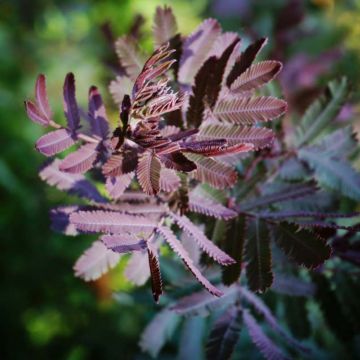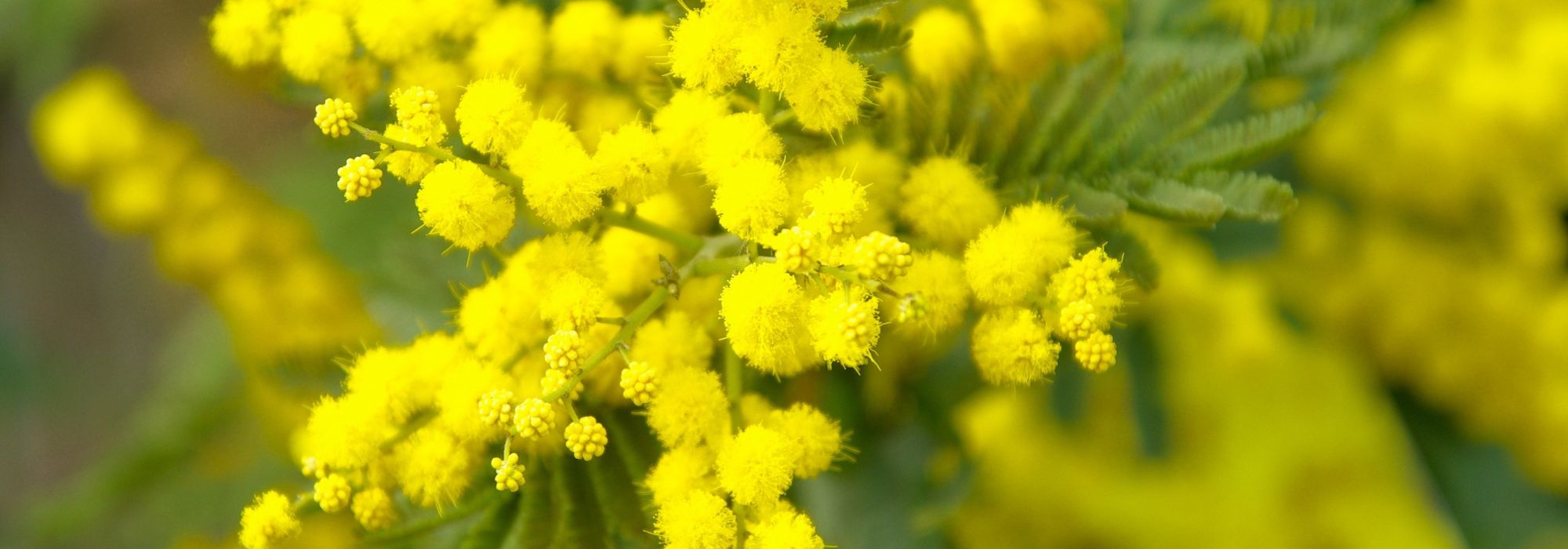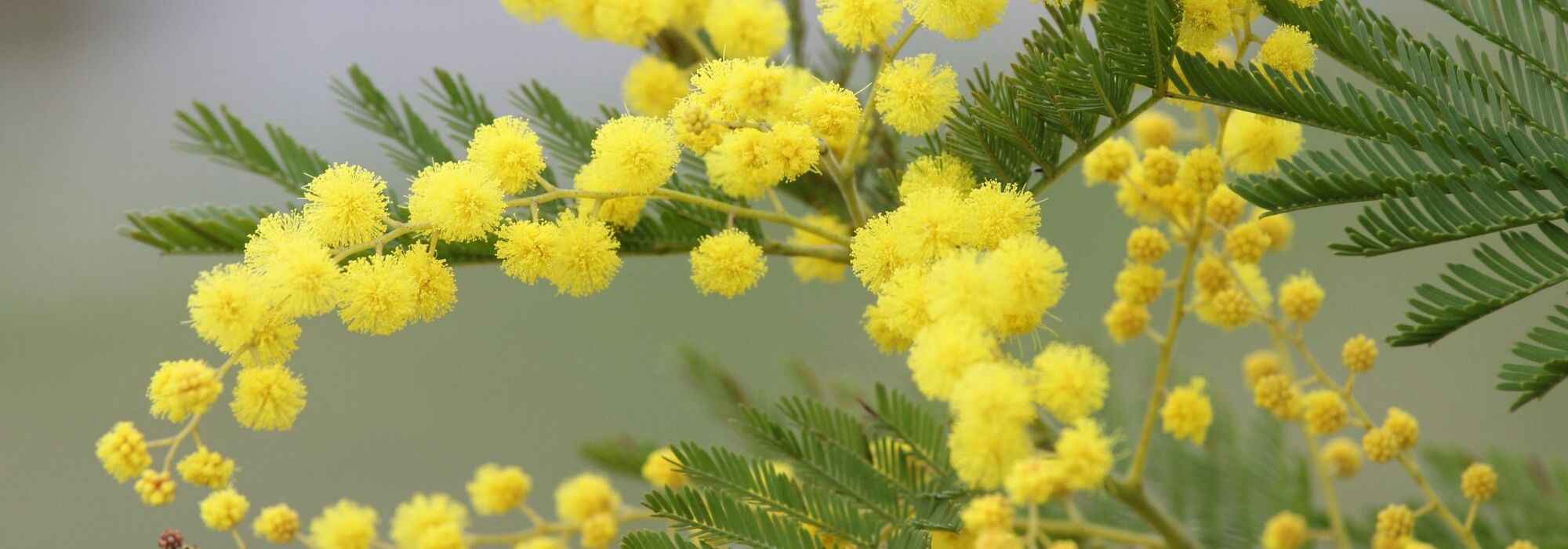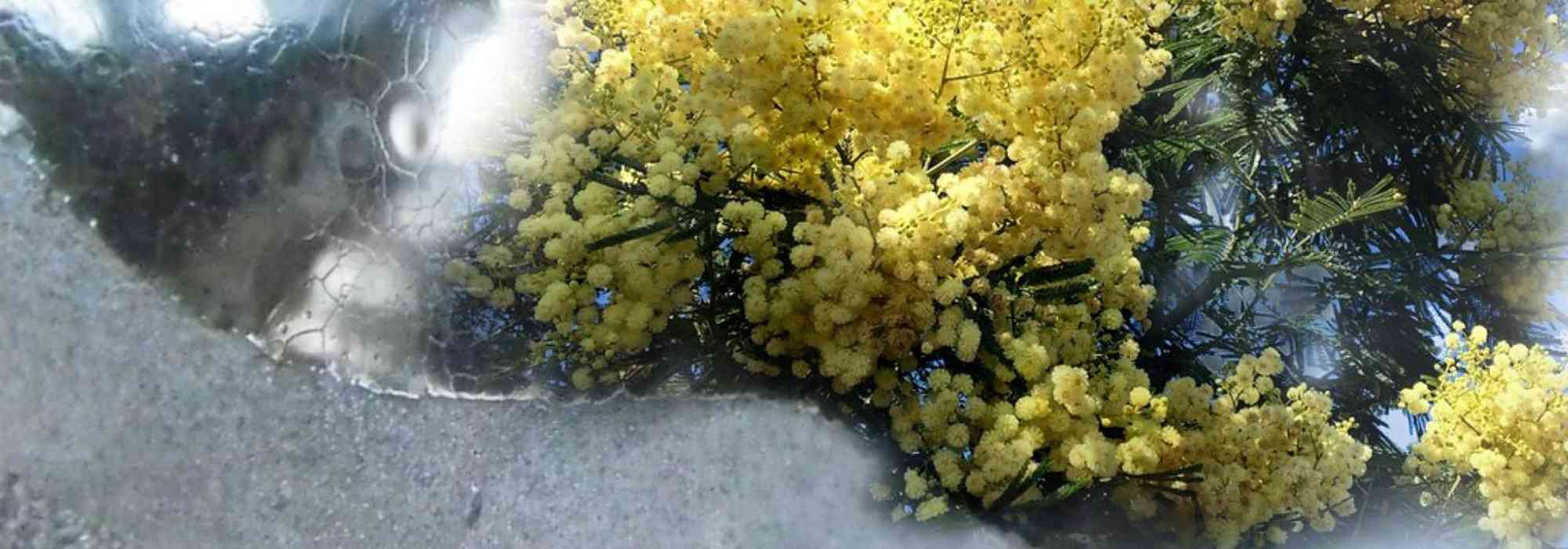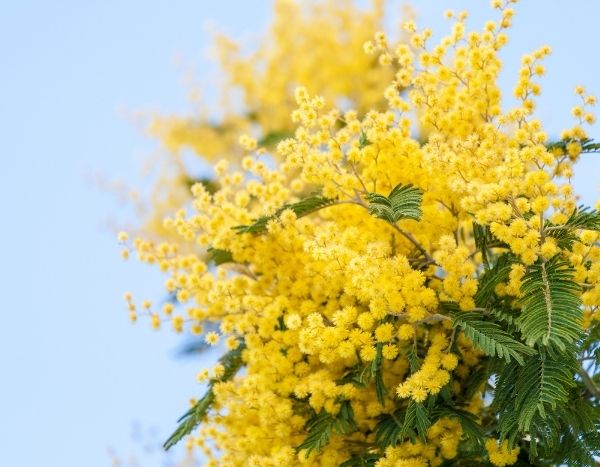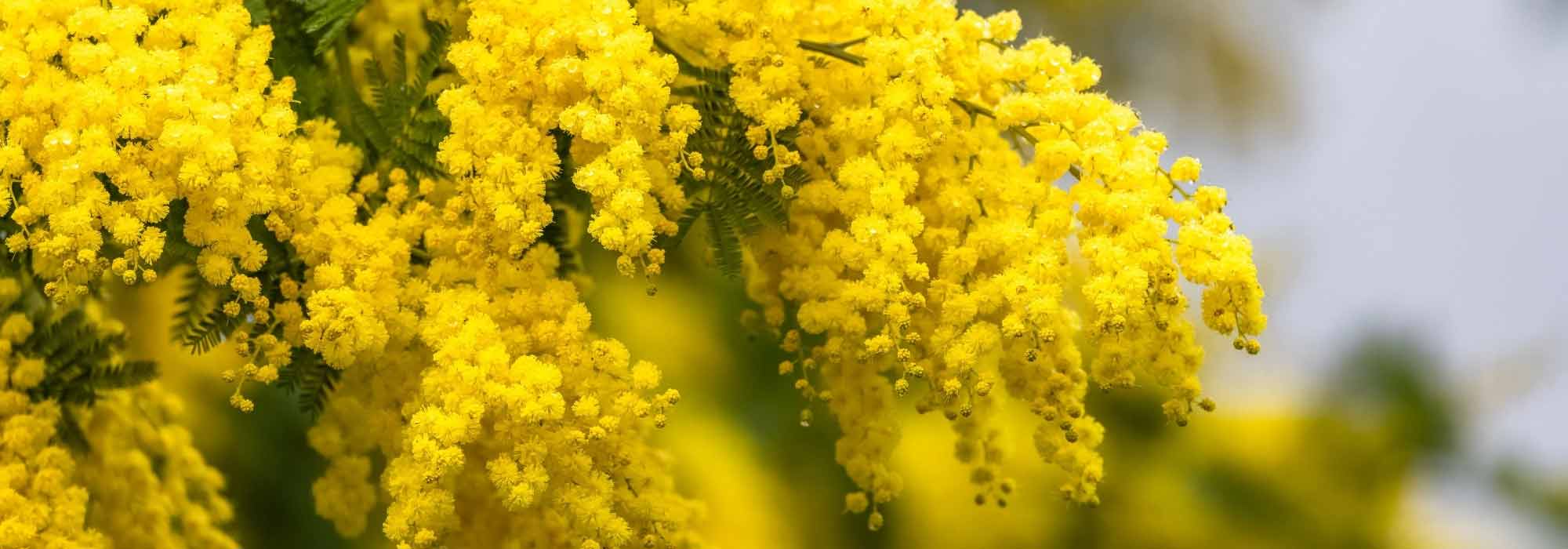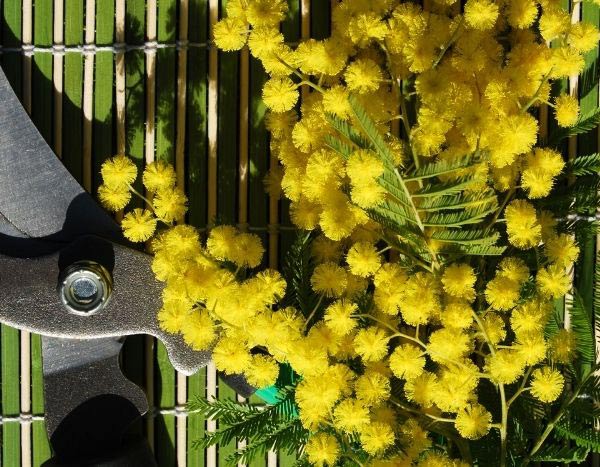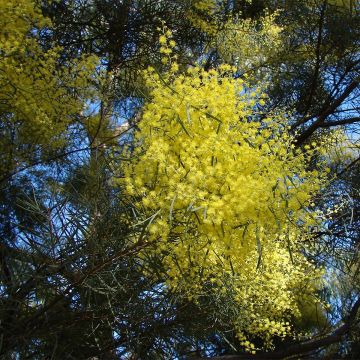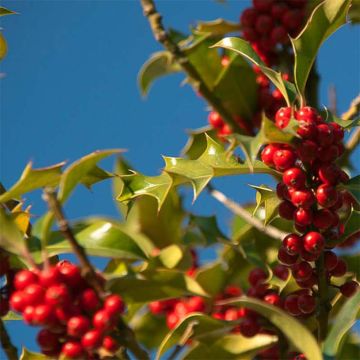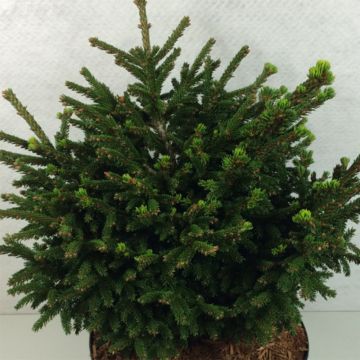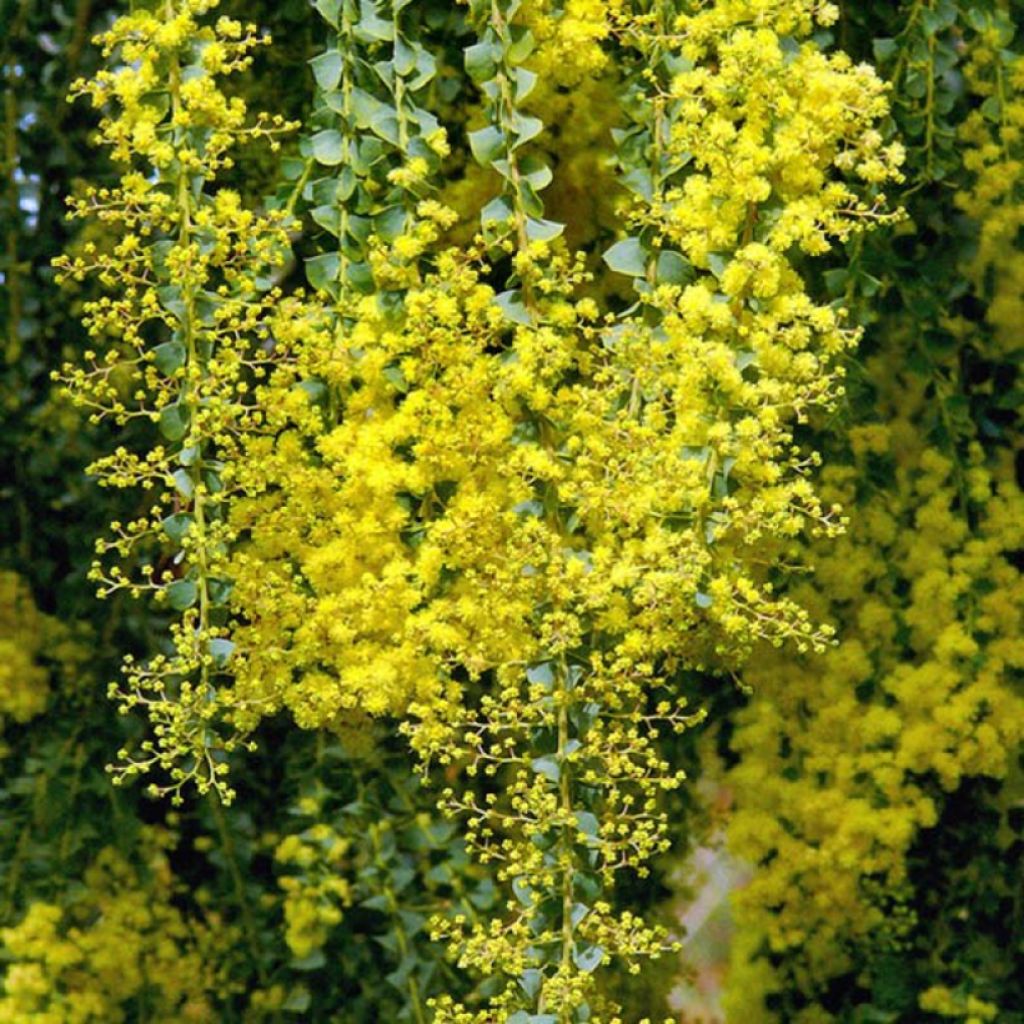

Acacia pravissima Lemon Twist ® - Ovens wattle
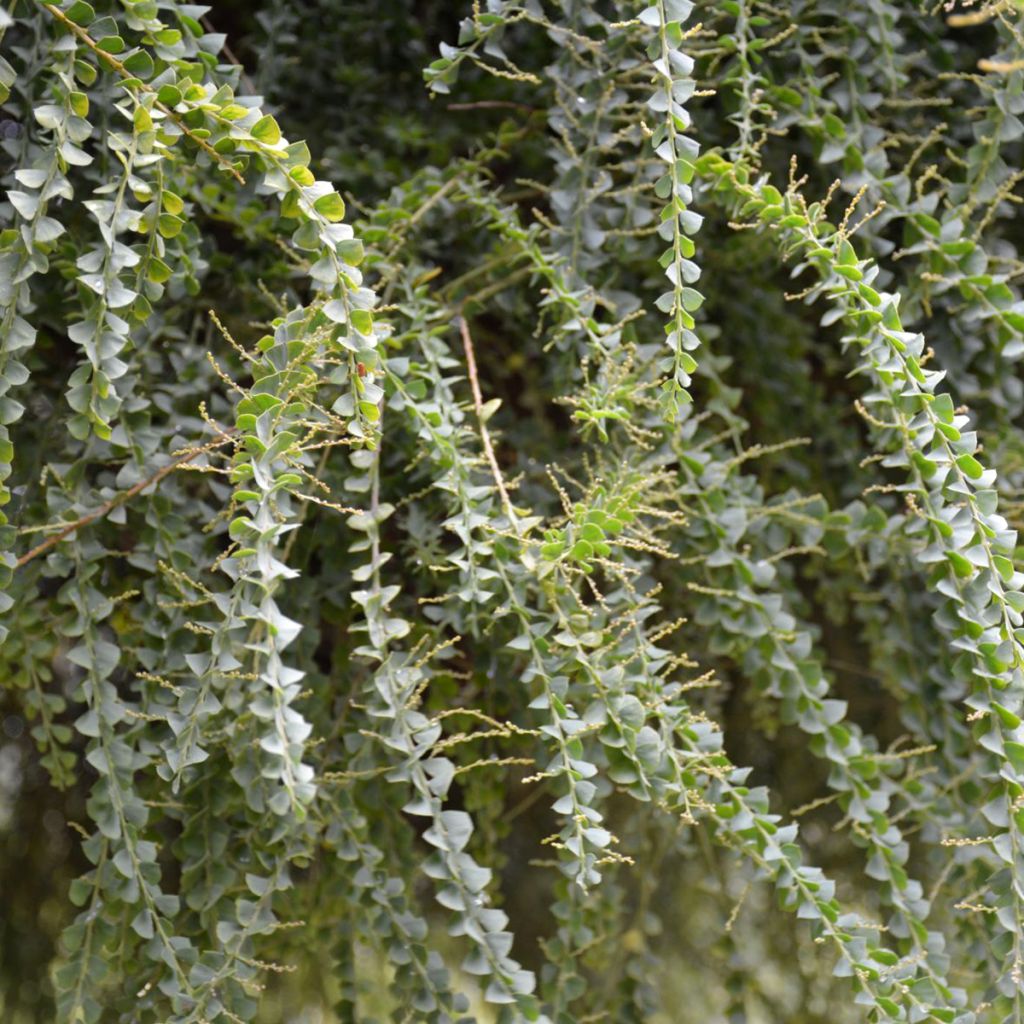

Acacia pravissima Lemon Twist ® - Ovens wattle
Acacia pravissima Lemon Twist ® - Ovens wattle
Acacia pravissima Lemon Twist ®
Ovens wattle, Oven wattle, wedge-leaved wattle,Tumut wattle
Special offer!
Receive a €20 voucher for any order over €90 (excluding delivery costs, credit notes, and plastic-free options)!
1- Add your favorite plants to your cart.
2- Once you have reached €90, confirm your order (you can even choose the delivery date!).
3- As soon as your order is shipped, you will receive an email containing your voucher code, valid for 3 months (90 days).
Your voucher is unique and can only be used once, for any order with a minimum value of €20, excluding delivery costs.
Can be combined with other current offers, non-divisible and non-refundable.
Why not try an alternative variety in stock?
View all →This plant carries a 24 months recovery warranty
More information
We guarantee the quality of our plants for a full growing cycle, and will replace at our expense any plant that fails to recover under normal climatic and planting conditions.
Would this plant suit my garden?
Set up your Plantfit profile →
Description
The Acacia pravissima 'Lemon Twist' is a mimosa tree that combines high ornamental value with low cultural requirements. It is a fast-growing small tree with a graceful weeping habit, triangular evergreen foliage, and abundant light lemon-yellow flowering in late winter. It can withstand temperatures as low as -8°C in a sheltered position and well-drained soil. This variety thrives in any well-drained soil, tolerates summer drought once established, and adapts well to container gardening.
Mimosas should not be confused with the tree we call acacia, which belongs to the Robinia genus. They belong to the Fabaceae family, just like alfalfa and lupins. The Acacia pravissima (synonym Racosperma pravissimum) is a botanical species native to Australia, specifically New South Wales and Victoria. 'Lemon Twist' is a horticultural selection with a slightly smaller growth habit.
This 'Lemon Twist' mimosa exhibits rapid growth and a gracefully weeping habit, characterised by long angular and wrinkled branches that cascade and vary in colour from green to purple. It reaches a height of approximately 3m, with a similar spread under our climate conditions. Numerous flower buds often form as early as the end of summer. The flowering itself usually occurs in March-April, depending on the climate and weather conditions, and lasts approximately 3 weeks. The buds open into small round flowers, which are clusters of light lemon-yellow stamens arranged in axillary clusters at the ends of the branches. Their fragrance, delicate, is more noticeable during the hottest hours of the day.
Its evergreen foliage in winter consists of small leaves called phyllodes, which are triangular with pointed tips and almost thorn-like. They are more or less imbricate on the branches and display a soft greyish-green to bluish-green colour.
When planted in the ground, the Mimosa pravissima 'Lemon Twist' can be used as a standalone specimen in a sheltered position away from cold winds, or as part of a shrub border. In coastal areas or mild winter regions, it is often used to create a stunning vegetative screen, either on its own or in combination with olearias, for example. It can be combined with other small trees or shrubs with an exotic appearance, such as Caesalpinia gilliesii, escallonias, grevilleas, or Eucalyptus 'Baby Blue', for example. To complement its early spring flowering, it can be paired with Prunus triloba or Japanese quince... It can be grown in containers throughout France by protecting it from winter frost in a minimally heated greenhouse or conservatory.
Plant habit
Flowering
Foliage
Botanical data
Acacia
pravissima
Lemon Twist ®
Fabaceae
Ovens wattle, Oven wattle, wedge-leaved wattle,Tumut wattle
Racosperma pravissimum
Cultivar or hybrid
Other Acacia - Wattle
View all →Planting and care
Acacia pravissima 'Lemon Twist' is preferably planted in spring, in March or April, in a very sunny location sheltered from cold and strong winds; autumn planting is reserved for regions with mild winters. This bush is not very demanding on soil type, although it must be well-draining. As it tolerates drought once established, watering is not necessary once it is well rooted. Light pruning is recommended after flowering: shorten the branches that have bloomed by about half their length. This operation helps prevent the formation of pods that unnecessarily exhaust the plant.
This mimosa is sometimes grafted onto Acacia retinodes, which perishes below -5°C if not well protected in winter: surround the rootstock with a thick mulch covered with a thick winter cover as a precaution. As the roots of the four seasons mimosa are shallow, it is advisable to install a stake at the time of planting to keep it upright and allow it to root.
Mimosa is sensitive to cold; as soon as temperatures approach 0°C, it is advisable to install a thick mulch at its base to protect the rootstock if necessary and the roots, and cover it with a winter cover.
If grown in a pot, repot in a large container every two years, in spring. Water regularly, making sure the root ball does not completely dry out between watering. In cold regions, it will be overwintered in a bright and cool, but frost-free, location.
The combination of heat and humidity can promote the sudden and unexplained decline of a mimosa that seemed healthy: in this case, the culprits are either Cylindrocladium, a microscopic fungus that attacks the collar of the plant, turning it black, or Phytophthora, which enters through the roots and kills the plant within a few days. Mimosas grafted onto Acacia retinodes are plants well adapted to summer drought and poor, chalky soils, and they do not tolerate constantly moist soil, especially in hot weather.
Other enemies of this mimosa are the psyllid (false aphid) as well as the frosted scale insect (Metcalfa pruinosa) and the cottony cushion scale (Icerya purchasi), both of which are white, fluffy, and cottony insects, with the latter two specifically affecting the south of our country. To limit their development, spray diluted nettle manure or black soap at 5% concentration. White oil treatment is also effective. Also, perform a daily thorough inspection of the branches, accompanied by manual picking of the scale insects if you have the courage.
Planting period
Intended location
Care
Planting & care advice
This item has not been reviewed yet - be the first to leave a review about it.
Similar products
Haven't found what you were looking for?
Hardiness is the lowest winter temperature a plant can endure without suffering serious damage or even dying. However, hardiness is affected by location (a sheltered area, such as a patio), protection (winter cover) and soil type (hardiness is improved by well-drained soil).

Photo Sharing Terms & Conditions
In order to encourage gardeners to interact and share their experiences, Promesse de fleurs offers various media enabling content to be uploaded onto its Site - in particular via the ‘Photo sharing’ module.
The User agrees to refrain from:
- Posting any content that is illegal, prejudicial, insulting, racist, inciteful to hatred, revisionist, contrary to public decency, that infringes on privacy or on the privacy rights of third parties, in particular the publicity rights of persons and goods, intellectual property rights, or the right to privacy.
- Submitting content on behalf of a third party;
- Impersonate the identity of a third party and/or publish any personal information about a third party;
In general, the User undertakes to refrain from any unethical behaviour.
All Content (in particular text, comments, files, images, photos, videos, creative works, etc.), which may be subject to property or intellectual property rights, image or other private rights, shall remain the property of the User, subject to the limited rights granted by the terms of the licence granted by Promesse de fleurs as stated below. Users are at liberty to publish or not to publish such Content on the Site, notably via the ‘Photo Sharing’ facility, and accept that this Content shall be made public and freely accessible, notably on the Internet.
Users further acknowledge, undertake to have ,and guarantee that they hold all necessary rights and permissions to publish such material on the Site, in particular with regard to the legislation in force pertaining to any privacy, property, intellectual property, image, or contractual rights, or rights of any other nature. By publishing such Content on the Site, Users acknowledge accepting full liability as publishers of the Content within the meaning of the law, and grant Promesse de fleurs, free of charge, an inclusive, worldwide licence for the said Content for the entire duration of its publication, including all reproduction, representation, up/downloading, displaying, performing, transmission, and storage rights.
Users also grant permission for their name to be linked to the Content and accept that this link may not always be made available.
By engaging in posting material, Users consent to their Content becoming automatically accessible on the Internet, in particular on other sites and/or blogs and/or web pages of the Promesse de fleurs site, including in particular social pages and the Promesse de fleurs catalogue.
Users may secure the removal of entrusted content free of charge by issuing a simple request via our contact form.
The flowering period indicated on our website applies to countries and regions located in USDA zone 8 (France, the United Kingdom, Ireland, the Netherlands, etc.)
It will vary according to where you live:
- In zones 9 to 10 (Italy, Spain, Greece, etc.), flowering will occur about 2 to 4 weeks earlier.
- In zones 6 to 7 (Germany, Poland, Slovenia, and lower mountainous regions), flowering will be delayed by 2 to 3 weeks.
- In zone 5 (Central Europe, Scandinavia), blooming will be delayed by 3 to 5 weeks.
In temperate climates, pruning of spring-flowering shrubs (forsythia, spireas, etc.) should be done just after flowering.
Pruning of summer-flowering shrubs (Indian Lilac, Perovskia, etc.) can be done in winter or spring.
In cold regions as well as with frost-sensitive plants, avoid pruning too early when severe frosts may still occur.
The planting period indicated on our website applies to countries and regions located in USDA zone 8 (France, United Kingdom, Ireland, Netherlands).
It will vary according to where you live:
- In Mediterranean zones (Marseille, Madrid, Milan, etc.), autumn and winter are the best planting periods.
- In continental zones (Strasbourg, Munich, Vienna, etc.), delay planting by 2 to 3 weeks in spring and bring it forward by 2 to 4 weeks in autumn.
- In mountainous regions (the Alps, Pyrenees, Carpathians, etc.), it is best to plant in late spring (May-June) or late summer (August-September).
The harvesting period indicated on our website applies to countries and regions in USDA zone 8 (France, England, Ireland, the Netherlands).
In colder areas (Scandinavia, Poland, Austria...) fruit and vegetable harvests are likely to be delayed by 3-4 weeks.
In warmer areas (Italy, Spain, Greece, etc.), harvesting will probably take place earlier, depending on weather conditions.
The sowing periods indicated on our website apply to countries and regions within USDA Zone 8 (France, UK, Ireland, Netherlands).
In colder areas (Scandinavia, Poland, Austria...), delay any outdoor sowing by 3-4 weeks, or sow under glass.
In warmer climes (Italy, Spain, Greece, etc.), bring outdoor sowing forward by a few weeks.































